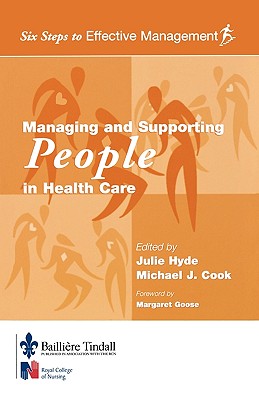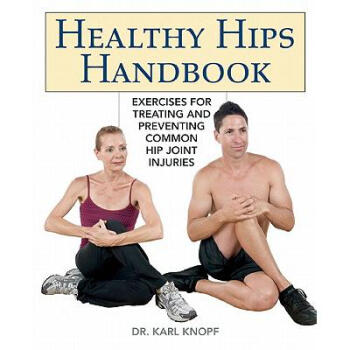"The Majestic Hooves: Understanding the Importance of Hooves in Equine Health"
#### Introduction to HoovesHooves are an essential part of a horse's anatomy, serving as the foundation for their movement and overall health. The structure……
#### Introduction to Hooves
Hooves are an essential part of a horse's anatomy, serving as the foundation for their movement and overall health. The structure of a hoof is intricate, comprising several components, including the hoof wall, sole, frog, and digital cushion. Each part plays a vital role in supporting the horse's weight, absorbing shock, and providing traction.
#### The Anatomy of Hooves
Understanding the anatomy of hooves is crucial for horse owners and enthusiasts. The hoof wall is the outer protective layer, made of keratin, which is the same material found in human nails. Beneath the hoof wall lies the sensitive laminae, which connects the hoof to the horse's leg. The sole is the bottom part of the hoof that protects the internal structures, while the frog, a V-shaped structure, aids in shock absorption and circulation.
#### Common Hoof Problems

Hoof health is paramount, as many issues can arise if hooves are not properly cared for. Common problems include laminitis, thrush, and abscesses. Laminitis is an inflammatory condition that affects the laminae, leading to severe pain and potential lameness. Thrush is a bacterial infection that affects the frog, often caused by poor hygiene. Abscesses can occur when bacteria enter the hoof, leading to painful swelling and lameness.
#### Importance of Regular Hoof Care
Regular hoof care is essential to maintain the health and well-being of horses. This includes routine trimming and shoeing, which help to prevent overgrowth and maintain proper hoof shape. A farrier, a specialist in hoof care, should be consulted to ensure that hooves are cared for correctly. Additionally, regular inspections can help identify early signs of problems, allowing for timely intervention.
#### Nutrition and Hoof Health

Nutrition plays a significant role in hoof health. A balanced diet rich in vitamins and minerals, particularly biotin, zinc, and protein, can promote strong and healthy hooves. Supplements may also be beneficial, especially for horses with known hoof issues. Hydration is equally important, as it helps maintain the moisture balance within the hoof.
#### Environmental Factors Affecting Hooves
The environment in which a horse lives can significantly impact hoof health. Wet and muddy conditions can lead to soft hooves, increasing the risk of thrush and other infections. Conversely, dry and hard ground can cause hooves to become brittle and crack. Providing a clean and dry living space, along with proper footing, is crucial for maintaining hoof health.
#### Conclusion: Caring for Hooves

In conclusion, hooves are a vital aspect of equine health that requires attention and care. Understanding their anatomy, recognizing common problems, and implementing regular care routines can help ensure that horses remain sound and healthy. By prioritizing hoof health, horse owners can contribute to the overall well-being of their equine companions, allowing them to thrive in their activities and lives.